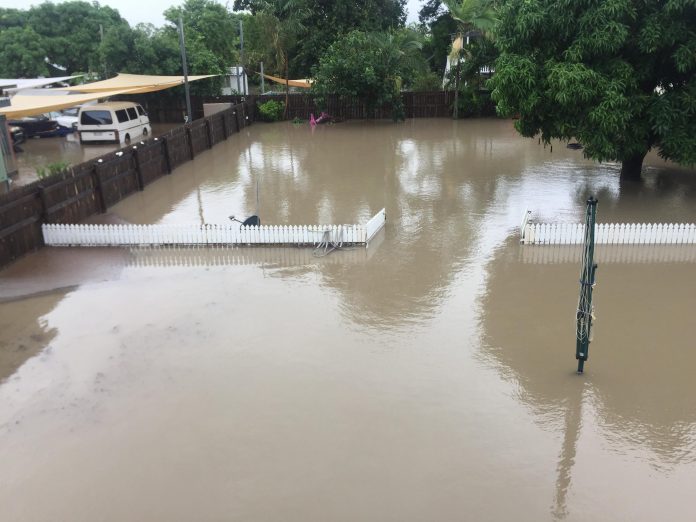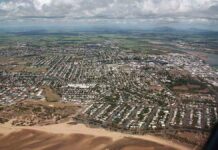By Drainage Expert Joe Rantino
Adelle and her two dogs spent seven days on the top floor of their Railway Estate property while the bottom floor of her property was inundated with sewerage, stormwater and even saltwater. While the waters have receded and the clean-up is long done, the legacy of the Townsville Floods lives on. For those investing in the Townsville property market, the floodwater legacy will play a vital role in your decision to buy, or not to buy.
After dealing with the fallout from the Sydney floods, and working on the logistics of recovery, in my experience, nothing can prepare you for a flood of this magnitude. I’ve been working across flood recovery for two decades, and the answer is always, public infrastructure is the only way to truly prevent disaster. Sure, you can get your emergency kit together and be “prepared” but if the water inundation is backflowing into your home from the sewer and stormwater system, even the very best quality backflow prevention valves cannot prevent inundation. (Learn more about backflow prevention).
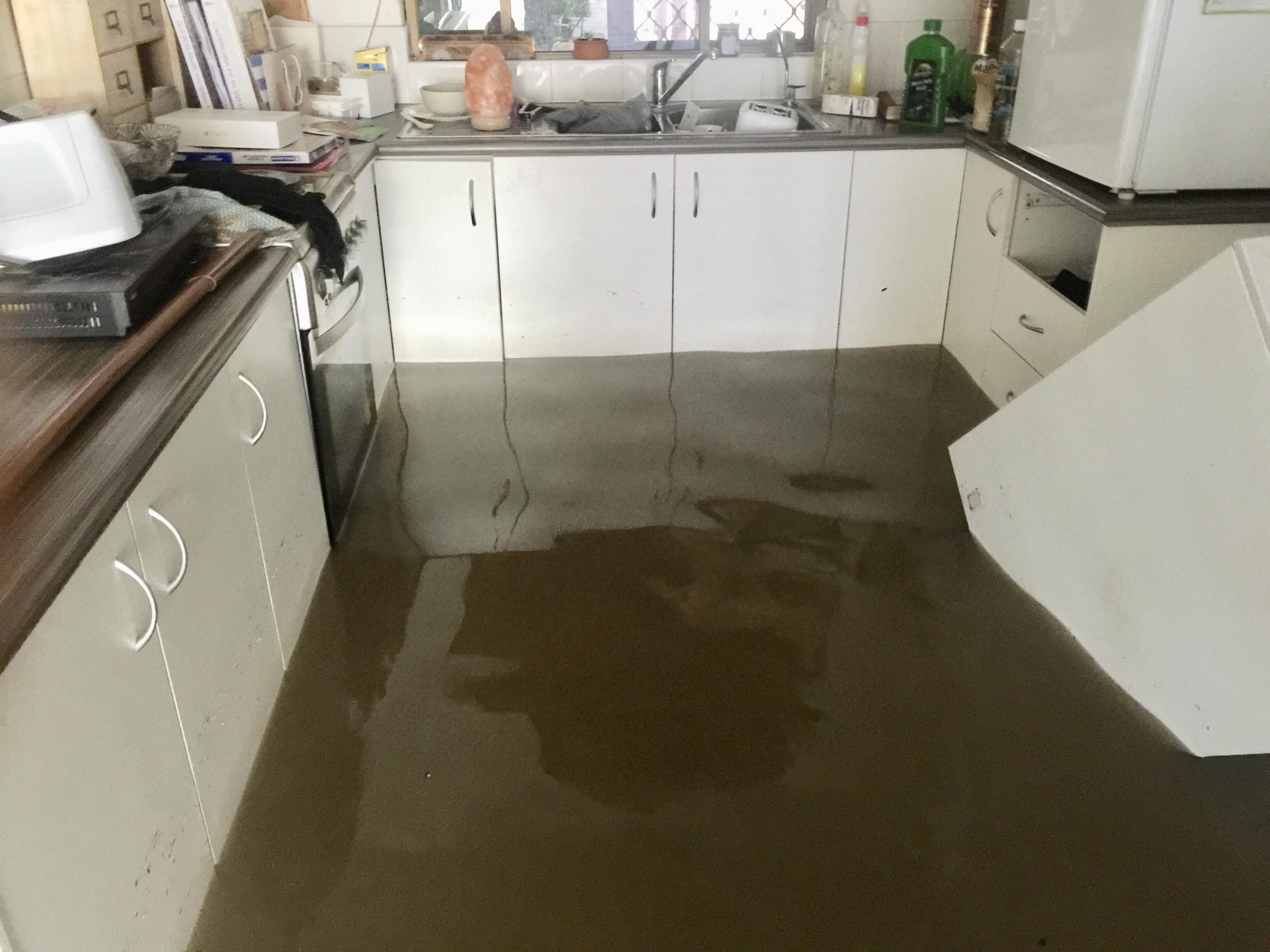
The economic fall out of Townsville’s 2019 Floods
Somewhere between $2.5 – $5.2 billion was the estimated cost of the flooding cleanup. The costs included direct clean-up costs but also long-term economic issues including:
- Damage to homes and businesses
- Damage to key bridges, roads and power lines
- Economic problems related to reduced access to the greater Townsville area. This includes exports from the region but also supply chain issues that caused delays in repairs – prolonging the economic hardship for residents.
- GDP and Unemployment. The loss of businesses spiked a decline in the city’s GDP and a sharp rise in local unemployment. The trickle on effect of upskilling staff and reskilling for new industries is not included in the cost.
- Insurance and cost of living. With over a billion in insurance claims, residents have faced a steep increase in premium costs. The cost of living also skyrocketed due to supply chain issues.
- Flood Resilience Costs. Townsville City Council has been charged with implementing improved infrastructure to promote future flood resilience. Many of the projects associated with this are still incomplete. The project work continues to be marked as “underway”.
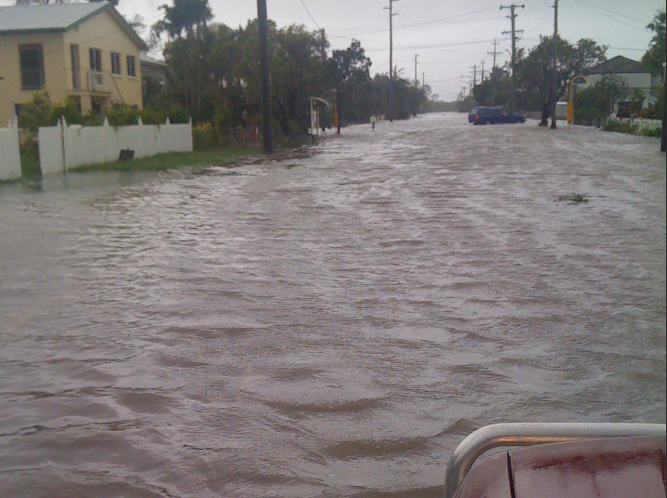
The Key Issues Specific to the Townsville Floods
Townsville’s hot tropical climate, high relative rainfall and proximity to the ocean creates a perfect storm for seasonal flooding. Townsville isn’t just impacted by seasonal flooding like those we saw devastate the city in 2019, Townsville lays in the firing line for cyclones, including Cycle Yasi in 2011 and historical cat 5 cyclones like Larry and Althea.
Blocked public and private storm water drainage infrastructure. While it’s Townsville City Council’s responsibility to ensure that non-flooding rains don’t wash debris into public systems, causing blockages, residents are responsible for clearing drains on their own lands.
Dam releases. The delays in dam releases contributed to the 2019 floods, with local water infrastructure literally “bursting at the seams”, the dam release was largely considered to come “too late”, further impacting the city.
Ageing infrastructure. Townsville’s water infrastructure has had, well, a difficult life. The ongoing inundations of both debris and salt/brackish water have seen corrosion and accelerated deterioration in the water management system.
Saltwater intrusion. In the aftermath of the 2019 floods, Townsville residents reported a metallic taste to their water supply. While Townsville drinking water quality is an ongoing issue, a metallic taste in water is a key sign that metallic pipes have been impacted by saltwater intrusion. The fallout of saltwater intrusion includes worsening flooding and backflow during future weather events.
The Legacy for Townsville Residents and Property Investors
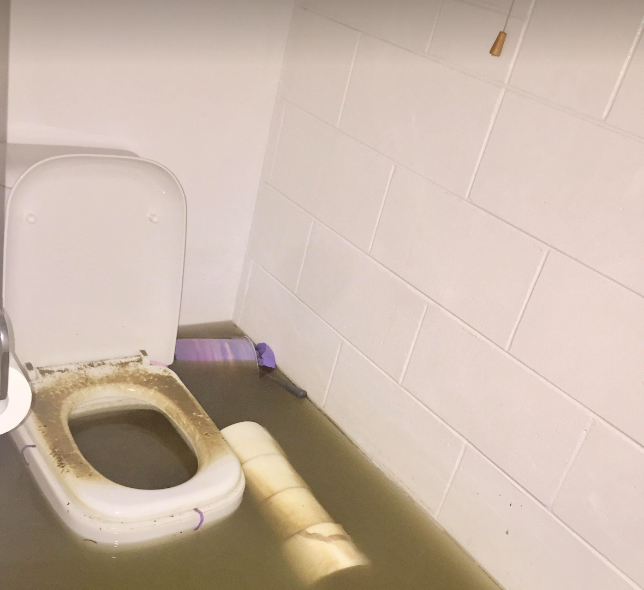
Five years on, what is the legacy for property investors in Townsville?
Vacant properties. The 2019 floods rendered a substantial number of homes “unlivable”. So while there is a high vacancy rate in Townsville, many of the properties are earmarked for extensive repairs or knock-down-rebuild-on-stilts.
“The long term structural damage from severe flooding isn’t always visible to the naked eye and investors should look at a thorough building and pest inspection report before choosing to buy in the Townsville flood zone”, said Andrew Mackintosh.
Insurance premium hikes. Adelle’s annual insurance bill skyrocketed from an already sizable $6500 to over $12000 per year. And she’s one of the lucky ones who can still get insurance.
The legacy of the shoddy rebuilder. In the aftermath of the floods, building materials and tradespeople were in short supply. The rise of the shoddy builder has resulted in a spike in complaints to the QBCC regarding incomplete and poor rebuilding works.
Sediment build-up. Domestic appliances including hot water systems, domestic drains and pipes and even pool equipment have all suffered from sediment build-up due to backflow issues and water impurities after the floods.
“Hot water systems, dishwasher drainage and even toilet and shower drainage all relies on an assumed quality of water passing through. When you flood one of these systems with water that contains contaminants and sediment, it can greatly reduce the efficiency and the lifespan of the appliance or system, and can create worsening problems after repeat inundations,” said John Salmon, water and electrical efficiency expert. “Backflow prevention can help Townsville residents but only to a certain point.”

